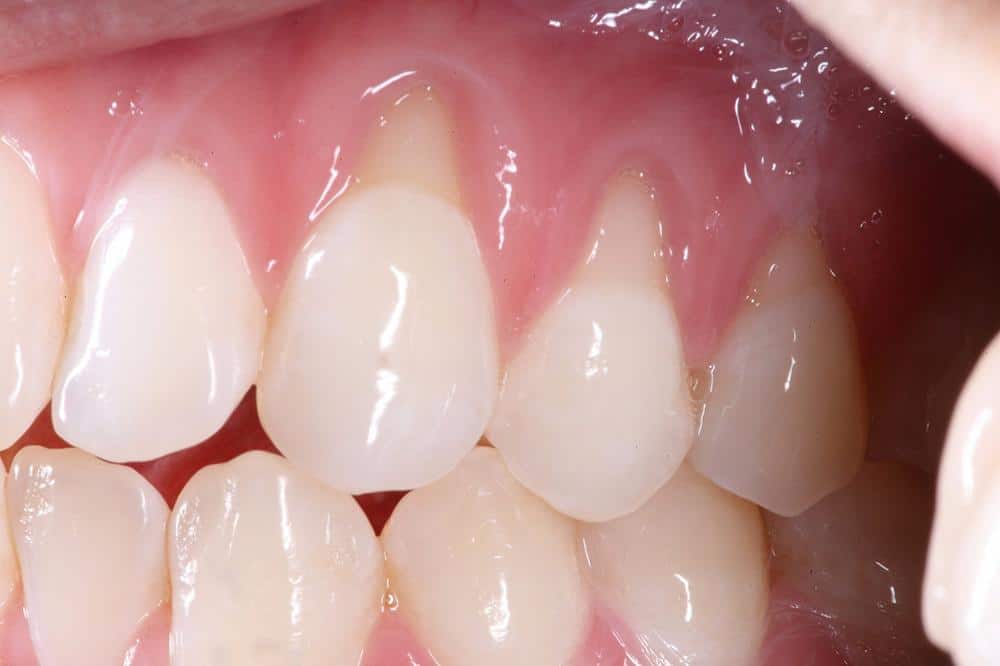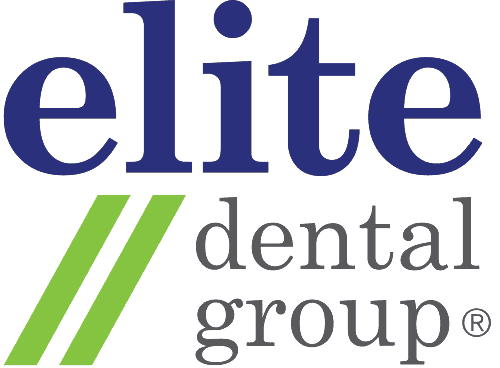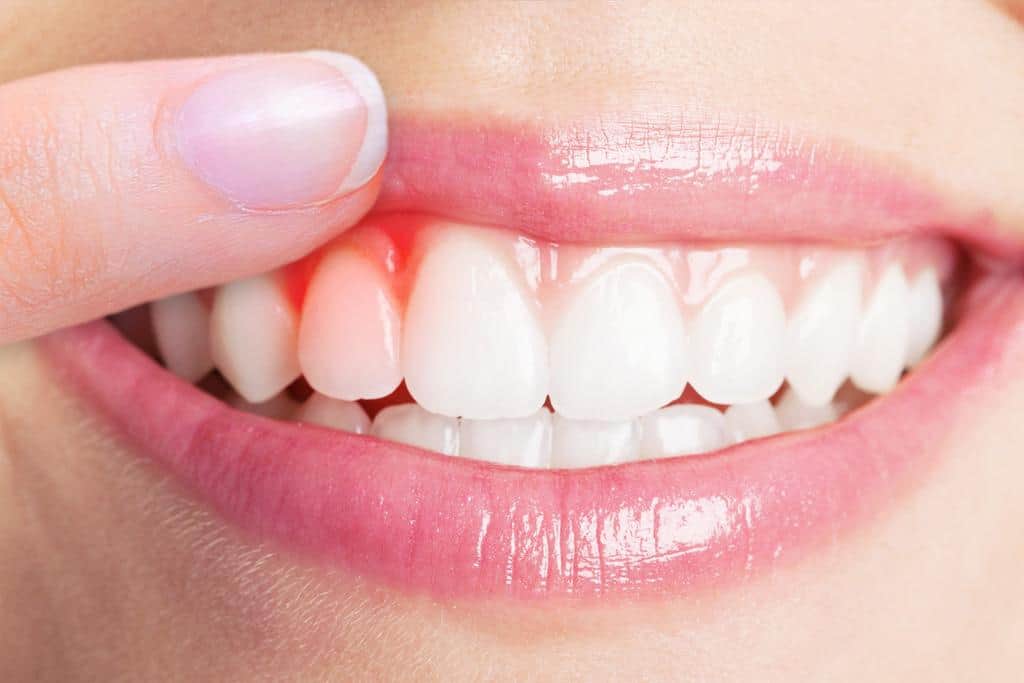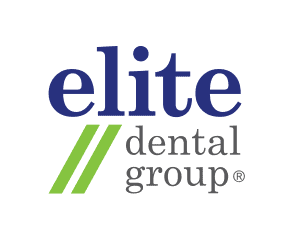Gum grafting is a surgical treatment for severe gum recession or gum loss.
Gum recession occurs when the gum tissue surrounding the teeth pulls away significantly, exposing a portion of the tooth’s root. This may cause the tooth to look much longer and become more sensitive. When the recession is close to a muscle attachment (frenum) or when the attached gum tissue is thin, the gum recession may progress even further.
Gum grafting may also be needed to improve the gum contour and shape after dental implant surgery or employed to close defects such as a maxillary sinus perforation.
What causes gum recession ?
- Aggressive brushing techniques
- Periodontal (gum) disease
- Genetics
- Ageing
- Night time grinding (bruxism)
- Dental crowding resulting in some teeth being subjected to more chewing or grinding forces ( traumatic occlusion)
- Orthodontic treatment
- Intraoral piercings/jewelry (tongue or lip piercing)
- Habits (using toothpicks, poking the teeth with pens etc)
- Infections around dental implants
- frenum pull around the necks of teeth

Are there different types of gum grafting?
There are different types of gum grafting techniques.
Connective-tissue grafts:
The underlying connective tissue is harvested from underneath the gum in the palate (donor site). The topmost layer at the donor site is left behind and stitched back. The graft is inserted underneath the existing gum in the recipient site through incisions and fixed in place with stitches.
- This is a versatile procedure and allows excellent blending of the grafted site with the rest of the tissues since the graft is inserted underneath the gum. This is useful for patients with inherent pigmentation of the gums.
Free gingival grafts:
The entire thickness of tissue is harvested including the outermost keratinized layer. Provides new keratinized tissue for the recipient site. Unfortunately, the thick rugged graft may not blend in well with more delicate recipient tissues (e.g. at the front of the mouth).
Pedicle grafts: The graft donor site is the gum adjacent to the recipient site. The benefit of this approach is a single surgical wound. Since the donor site is small, this is only suitable for small defects.
Artificial grafts: Artificial grafts are available for treatment of extremely large defects or where simultaneous grafting of multiple sites is required.
Gum Grafting at Elite Dental
Step 1: Assessment
Your gum health is assessed as part of the new patient examination and active maintenance. Xrays/3D CBCT scans are used to assess the amount of underlying bone which is needed to support the graft. Photos and measurements of the areas with gum recession will determine what type of graft is needed, how much improvement is likely and how stable it will be over the long term.
Assessment for grafting cases is done by our in-house Gum Specialist (Periodontist).
Step 2: Pre-surgical preparation
A few days before, a thorough scaling and polishing is done. Most patients also start applying a topical antiseptic gel to the target areas twice daily. An oral probiotic is also given to boost the numbers of beneficial bacteria in the saliva so that healing is smooth.
Step 3: Gum grafting surgery procedure
Gum grafting is done under local anaesthetic. You may also choose to be sedated for the entire procedure to guarantee a pain free experience.
Ultrasonic scalers and hand instruments are used to remove plaque and tartar from below the gum line, and smooth out rough areas on the root surfaces. Old rough fillings may also need reshaping/polishing. Smoothing these rough areas provides a favourable surface for the gums to attach to.
If a connective tissue/free gingival graft has been planned, the recipient site is measured. The measurements are transferred to the donor site. The harvested graft is transferred to the recipient site and both surgical sites are stitched up.
You will be sent home with painkillers and an antiseptic mouthrinse.
Expect bruising and swelling over the next week, especially if a large area was grafted. The wounds SHOULD NOT be disturbed or brushed for at least 2-3 weeks. This is the period when the healing tissues are vulnerable to trauma that may cause recession.
Most grafts are stable and fully mature by 3 months. This is when you may have prosthetic work (veneers/crowns) done if indicated.
[su_button url="other_services" style="default" background="#003853;" size="6" wide="yes" center="yes" radius="0"]TO SERVICES[/su_button]





